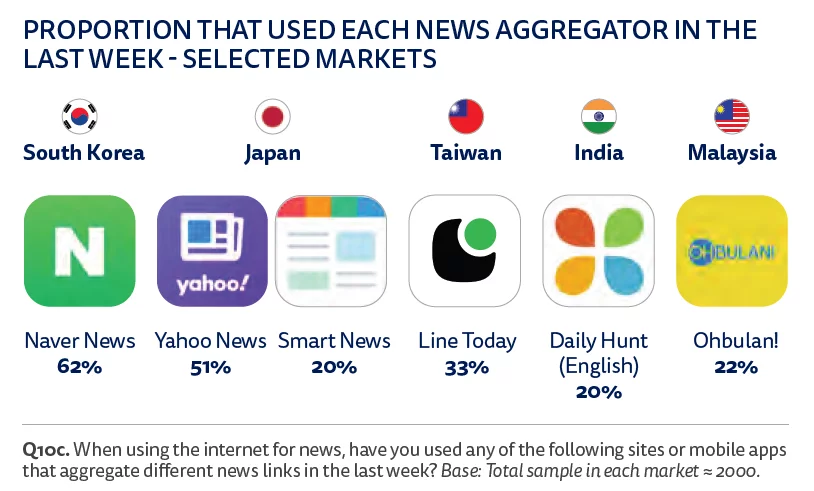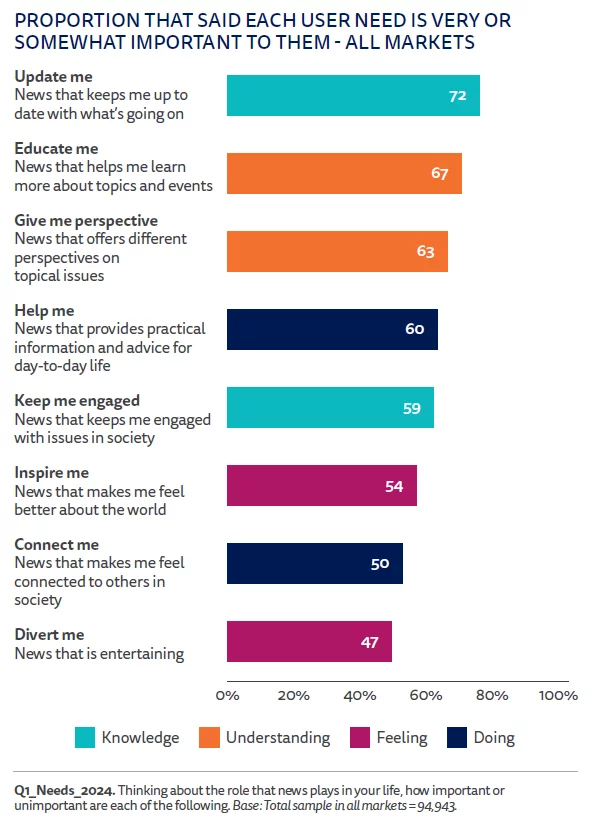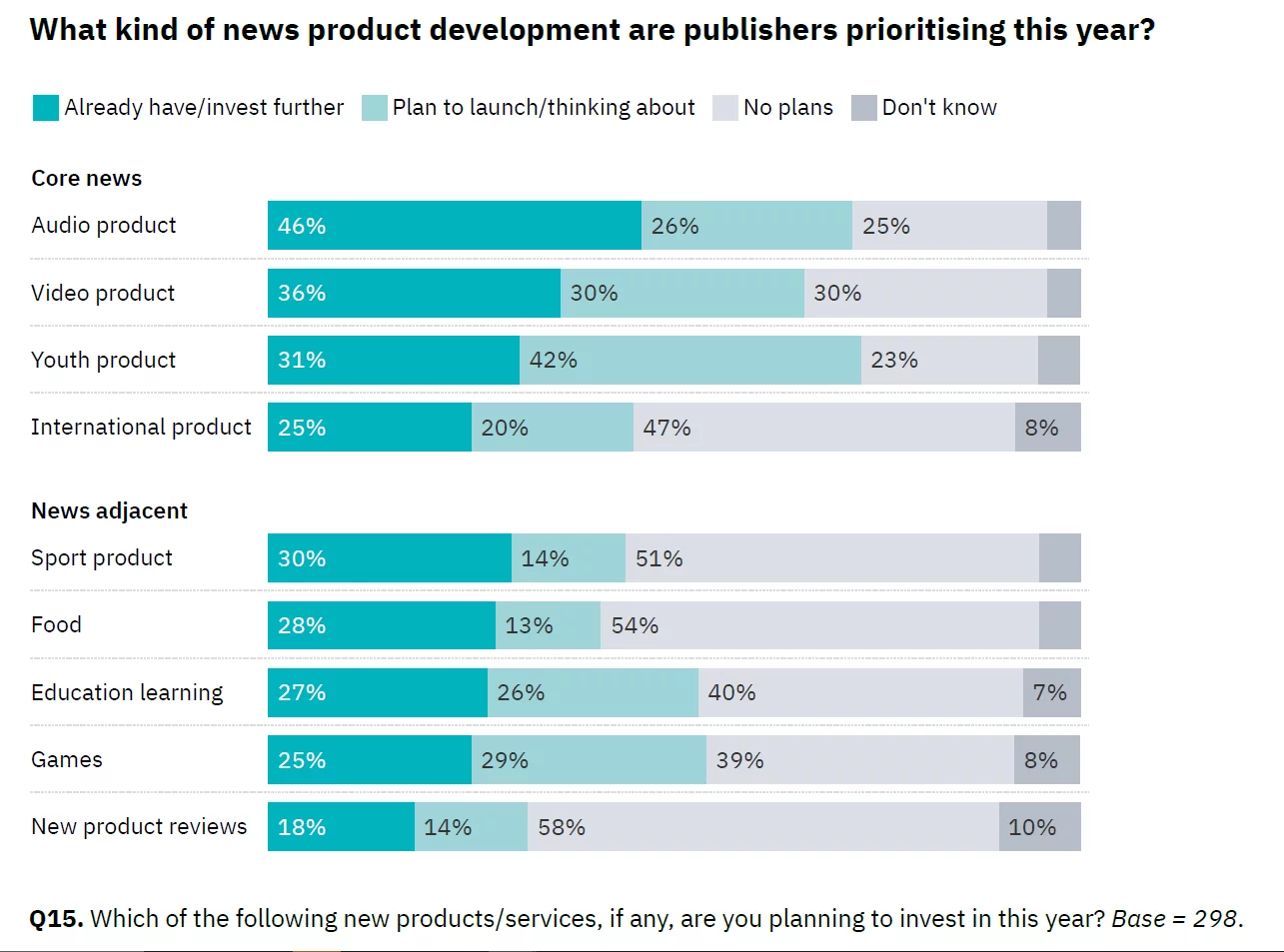10 ways to grow digital subscription revenue in the publishing industry
 Aleksandra Kozioł
Aleksandra Kozioł
Today, saying that the publishing industry is getting more and more digitized feels like preaching to the choir. With newspaper subscriptions reaching the all-time low, it's time to face the music and use all the advantages online paid subscriptions can get. In this article, we'll look at some of the strategies employed by digital publishers to boost online subscriptions and digital access to online content. We'll also explore the new possibilities of driving revenue from other sources.
When you take a look at the global publishing industry, you see it's mostly digitized. Take The New York Times as an example. In 2020, this newspaper lost 7.4% of its print subscribers. In the same year, their digital edition got 1.66 million new subscribers.
Today, stating that publishers need to attract a digital audience and grow their revenues online is just preaching to the choir. Although it's not yet time to prophesize the end of the printed press, it is beyond doubt that digital content is the future for the whole industry. No matter if we talk about a newspaper in America or a magazine for modelers in Germany.
The reason is apparent – digital content is easier to get (all you have to do is open your smartphone, and you don't have to wait in line at a newspaper stand), quicker and more convenient to read, and in many instances, cheaper as well.
This begs the question – what can publishers do to attract more readers and grow their digital subscription revenue? After all, according to the latest data, the subscription numbers seem to plateau in the recent years. Let's have a look at possible solutions.

Source: Reuters Institute for the Study of Journalism
How to grow digital subscription revenue
Standard market principles apply in this industry just like anywhere else. If you want to have more online subscribers, you have to approach them with an attractive offer that comprises a thought-out pricing strategy and high-quality content. But let's be more specific.

FLEXIBLE PRICING PLANS
That's where it all starts. You have to offer at least two different plans – a cheaper one and a more expensive one for more demanding readers willing to pay a full price. The most affordable option should allow users to read the majority of texts that you publish. When it comes to the higher plan, you can create a separate section with texts just for the readers that purchased it. But the lowest plan should be, above all, affordable. Take a look at how a popular British newspaper, The Times, does that:

Image source: The Times
The cheapest plan is available just for 15 pounds per month (plus, you get a discounted three-month period for just 1 pound).
FREE TRIALS/FREEMIUM
Secondly, it's usually beneficial to offer people to try your magazine/newspaper for free. Free trials are very popular in the marketing and IT world. Usually, such a free period is available for 14 or 30 days, enough for each reader to make an informed decision. And here's the second option: You can opt for a freemium model – you offer an always-available-for-free version of your magazine and a more extensive, richer version only for paying subscribers. Both these models have their pros and cons, but both can be used to show potential subscribers what they will be paying for. If the quality of your texts is high enough, many will decide to buy full access.
That's what The Guardian does:

Image source: The Guardian
EASY CANCELLATION
Make sure people know that they can cancel the subscription or suspend it at any given time. Long-term commitment is not something people appreciate - even when it comes to digital subscriptions, not marrige. Most likely, the majority of your readers will never choose that option, but people want to know that they can resign anytime they want. This feeling of freedom can be a decisive factor: “I'll give it a shot; after all, I can quit the subscription if I don't like it!”
GROUP SUBSCRIPTIONS
Here's yet another interesting idea – provide users with the possibility to purchase group subscriptions for multiple readers. Companies constitute a perfect example. Large enterprises can be vitally interested in purchasing one group plan for all their employees. Similarly, you can offer such a plan for foundations and other NGOs, schools, institutions, unions, and associations. That's what Financial Times does:

Image source: FT
Deals with increasingly popular news aggregators can also prove beneficial in the long run. The apps like Yahoo News give their users access to a wide range of titles and points of view - from established legacy titles to exemplars of independent journalism.

Source: Reuters Institute for the Study of Journalism
OPEN YOURSELF TO INTERNATIONAL READERS
In the introduction to this article, we mentioned The New York Times. The same source indicates that 10% of Canadians and 6% of Australians regularly visit this newspaper's website. Don't close your magazine to the international target audience. Analyze the traffic on your website (use Google Analytics) and see if there are any foreign groups of readers that can be turned into new subscribers. If there are, perhaps it's a good idea to address them somehow, maybe create a separate section on your website just for them? That's what NYT did. When you enter their main website, you see that there are several editions to view and read:
International
Canadian
Spanish
Chinese

PERSONALIZED CONTENT
Today, personalization drives everything companies do online. This effective technique can be used in the publishing industry, too! All you need is a personalization algorithm that analyzes the behaviors of your readers (articles viewed, sections visited, time spent on a given piece, etc.) and uses that data to provide them with personalized suggestions of other texts and articles that they may find interesting.
Understanding the needs of subscribers is the key. To do so, you can use Google Analytics data to check for the most-clicked content. But there are also more comprehensive studies showing what readers are willing to subscribe to - like the research by Reuters Institute for the Study of Journalism.
WORK WITH RENOWNED EXPERTS
Big names drive big gains. In the evolving world of journalists turned influencers with their own blogs and YouTube channels, having them onboard can bring a significant boost to online subscriptions. Of course choosing the right person to connect your business with might take some negotiating, but the benefits from this sort of cooperation go in both ways. Media personalities have a way of building a community around themselves.
Collaborating on important stories with independent media workers can also be seen as an example of bigger media brands trying to support independent journalism.
ANALYZE AND CREATE CONTENT THAT DRIVES SUBSCRIPTIONS
Let's be honest – not every article you publish is a groundbreaker, right? But some of them are, and these are usually texts that drive more subscriptions. Again, you can use an analytics tool to see which articles on your website get the most attention and encourage people to subscribe. With this knowledge, you can create more effective texts and, this way, get more and more paying subscribers.

Source: Reuters Institute for the Study of Journalism
Tell your free readers what they will get once they decide on a paid subscription. There can be a lot of diverse incentives:
Ads-free website
Premium texts and articles
Access to more sections of your website
Additional features and services
It all depends on your niche and your creativity. The point is to show readers that opting for a paid subscription is simply profitable.
EXPLORE NEW MEDIA FORMATS AND IMPROVE YOUR COVERAGE
Apparently, we're far too busy to read newspapers, no matter how interesting the stories are. But with the readership fading, video and audio formats rise in prominence. As it's getting increasingly difficult to increase newspaper subscribers per se, getting more subscribers to join podcasts, video feeds and live blogs takes centre stage. Online news portals are publishing more videos in vertical formats to better suit smartphone users and jounger people used to watching reels on social media.

Source: Reuters Institute for the Study of Journalism
STAY IN TOUCH WITH YOUR READERS WITH PUSH NOTIFICATIONS
The rule of thumb is that great customer service is better than great marketing. Show your subscribers that you value them and are thankful for their trust. You can show your appreciation by staying in touch with them. You can use newsletters or push notifications for that purpose. Push notifications are especially useful because they are quick, convenient, and work on both mobile and desktop devices.
At PushPushGo, we offer highly-efficient push notifications for the publishing industry.

Of course, that's not the only way to use push notifications. Take a look at this section on our website with various use cases in this industry. in our annual report, we showcase the performance of web push and mobile push notifications in increasing conversion rates, bringing in more subscribers and bringing them revelant information.
If you'd like to find out how push notifications can be used to drive more subscriptions to your magazine/newspaper – feel free to get in touch with us. We will gladly help you create a tailor-made strategy that will enable you to get and retain regular, paying readers.

Content Specialist @PushPushGo
Editor and writer. She is interested in media and new technologies.
Try PushPushGo to engage and connect with your audience.
Create an account and start testing!





